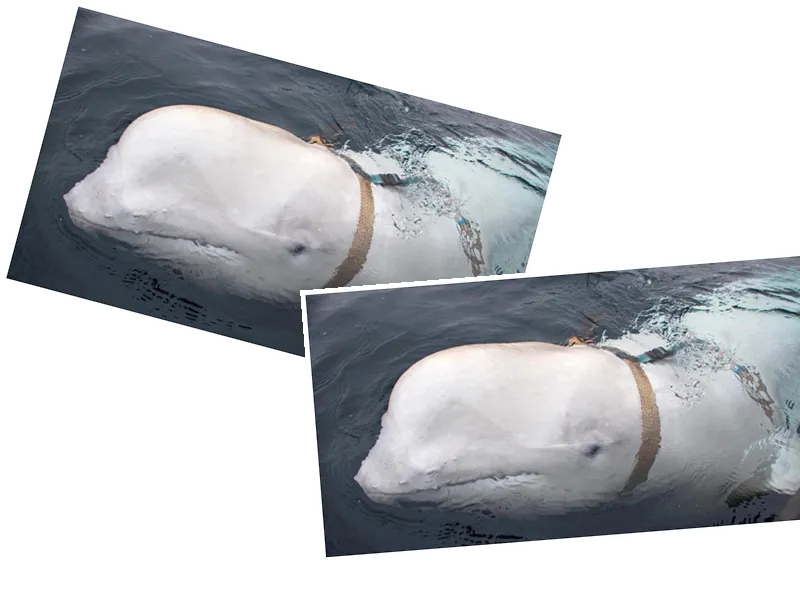Beluga Whale Hvaldimir Found Dead in Norway
The beluga whale known as Hvaldimir, discovered five years ago with a suspicious harness, has been found dead off the coast of southwestern Norway. This incident has raised questions about his past, as he was previously suspected of being used by the Russian navy. The news was confirmed by the NGO Marine Mind, which has been tracking Hvaldimir's movements since he was first spotted in the Norwegian Arctic in 2019.
Sebastian Strand, the founder of Marine Mind, reported finding Hvaldimir's body while searching for him. "We had confirmation that he was alive a little over 24 hours before we found him floating motionless," Strand said. The cause of death remains unknown, and no visible injuries were identified during an initial inspection. The whale's remains have been placed in a cooled environment for a necropsy by a veterinary institute to determine the cause of death.
Hvaldimir's Mysterious Background and Implications
Hvaldimir, estimated to be between 14 and 15 years old, first drew attention when he was spotted in the Arctic region of Finnmark, Norway. Biologists managed to remove a harness that was attached to his head, which was designed to hold a small camera and bore the inscription "Equipment St. Petersburg". This led to speculation that Hvaldimir had escaped from a Russian naval training program, as he exhibited behavior consistent with being accustomed to human interaction.
The Norwegian Directorate of Fisheries had previously suggested that Hvaldimir might have been trained by the Russian Navy, a claim that has not been officially acknowledged by Moscow. His journey took him from the Arctic to the southwest coast of Sweden, where concerns arose regarding his ability to find food, as signs of weight loss were observed. Traditionally, belugas inhabit waters much further north, near Greenland or in the Arctic regions of Russia and Norway, making Hvaldimir's presence in these areas particularly intriguing.
- The beluga whale's death not only marks the end of a unique chapter in wildlife observation but also raises critical questions about the intersection of wildlife and military activities. As strategic areas like the Barents Sea and North Atlantic serve as contact zones for Western and Russian naval operations, Hvaldimir's story highlights the potential for wildlife to become entangled in geopolitical tensions. The necropsy results may provide further insights into the health and conditions faced by marine life in these contested waters.






